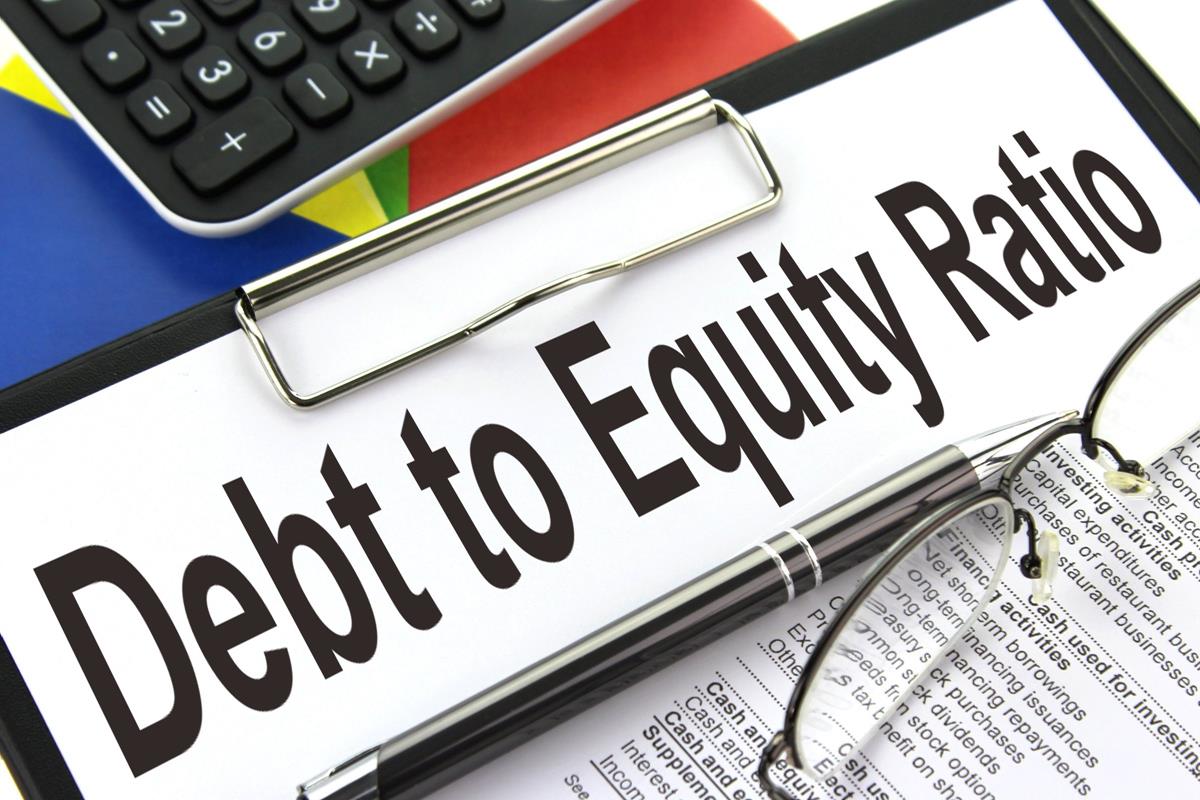
The money can also serve as working capital in cyclical businesses during the periods when cash flow is low. IFRS and US GAAP may have some differences in the way of accounting for certain liabilities and assets which could lead to difference in the debt-to-equity ratio calculation. However, the treatment of retained earnings in the calculation of the debt-to-equity ratio is consistent under both IFRS and US GAAP. Both IFRS and GAAP require that retained earnings be included in the denominator of the debt-to-equity ratio.

Start free ReadyRatios financial analysis now!
For shareholders, it means a decreased probability of bankruptcy in the event of an economic downturn. A company with a higher ratio than its industry average, therefore, may have difficulty securing additional funding from either source. The Debt to Equity ratio is a financial metric that compares a company’s total debt to its shareholder equity. The debt-to-equity (D/E) ratio is a metric that provides insight into a company’s use of debt. In general, a company with a high D/E ratio is considered a higher risk to lenders and investors because it suggests that the company is financing a significant amount of its potential growth through borrowing. What is considered a high ratio can depend on a variety of factors, including the company’s industry.
Putting the D/E in Context
While this can lead to higher returns, it also increases the company’s financial risk. An increase in the D/E ratio can be a sign that a company is taking on too much debt and may not be able to generate enough cash flow to cover its obligations. However, industries may have an increase in the D/E ratio due to the nature of their business. For example, capital-intensive companies such as utilities and manufacturers tend to have higher D/E ratios than other companies. The D/E ratio can be classified as a leverage ratio (or gearing ratio) that shows the relative amount of debt a company has. As such, it is also a type of solvency ratio, which estimates how well a company can service its long-term debts and other obligations.
How to Calculate the D/E Ratio in Excel
- Understanding the debt to equity ratio is essential for anyone dealing with finances, whether you’re an investor, a financial analyst, or a business owner.
- This means that the company can use this cash to pay off its debts or use it for other purposes.
- A debt-to-equity ratio of 0.32 calculated using formula 1 in the example above means that the company uses debt-financing equal to 32% of the equity.
- InvestingPro offers detailed insights into companies’ D/E Ratio including sector benchmarks and competitor analysis.
Generally, a ratio below 1 is considered safer, while a ratio above 2 might indicate higher financial risk. Conversely, a low D/E ratio suggests that a company has ample shareholders’ equity, reducing the need to rely on debt for its operational needs. This indicates that the company is primarily financed through its own resources, reflecting strong financial stability and a lower risk profile.
All these ratios are complementary, and their use and interpretation should consider the context of the company and the industry it operates in. If equity is negative, it means that a company’s liabilities exceed its assets, which is often referred to as “negative net worth” or “insolvency”. In this situation, the debt-to-equity ratio would not be meaningful because the denominator (equity) is negative.
Analysts and investors compare the current assets of a company to its current liabilities. It shows the proportion to which a company is able to finance its operations via debt rather than its own resources. It is also a long-term risk assessment of the capital structure of a company and provides insight over time into its growth strategy.
However, since they have high cash flows, paying off debt happens quickly and does not pose a huge risk to the company. The debt-to-equity ratio is a financial ratio that measures how much debt a company has relative to its shareholders’ january 2021 trading down on a year ago for small businesses xero reports equity. It can signal to investors whether the company leans more heavily on debt or equity financing. A company with a high debt-to-equity ratio uses more debt to fund its operations than a company with a lower debt-to-equity ratio.
You can calculate the D/E ratio of any publicly traded company by using just two numbers, which are located on the business’s 10-K filing. However, it’s important to look at the larger picture to understand what this number means for the business. Below is an overview of the debt-to-equity ratio, including how to calculate and use it. ✝ To check the rates and terms you may qualify for, SoFi conducts a soft credit pull that will not affect your credit score.